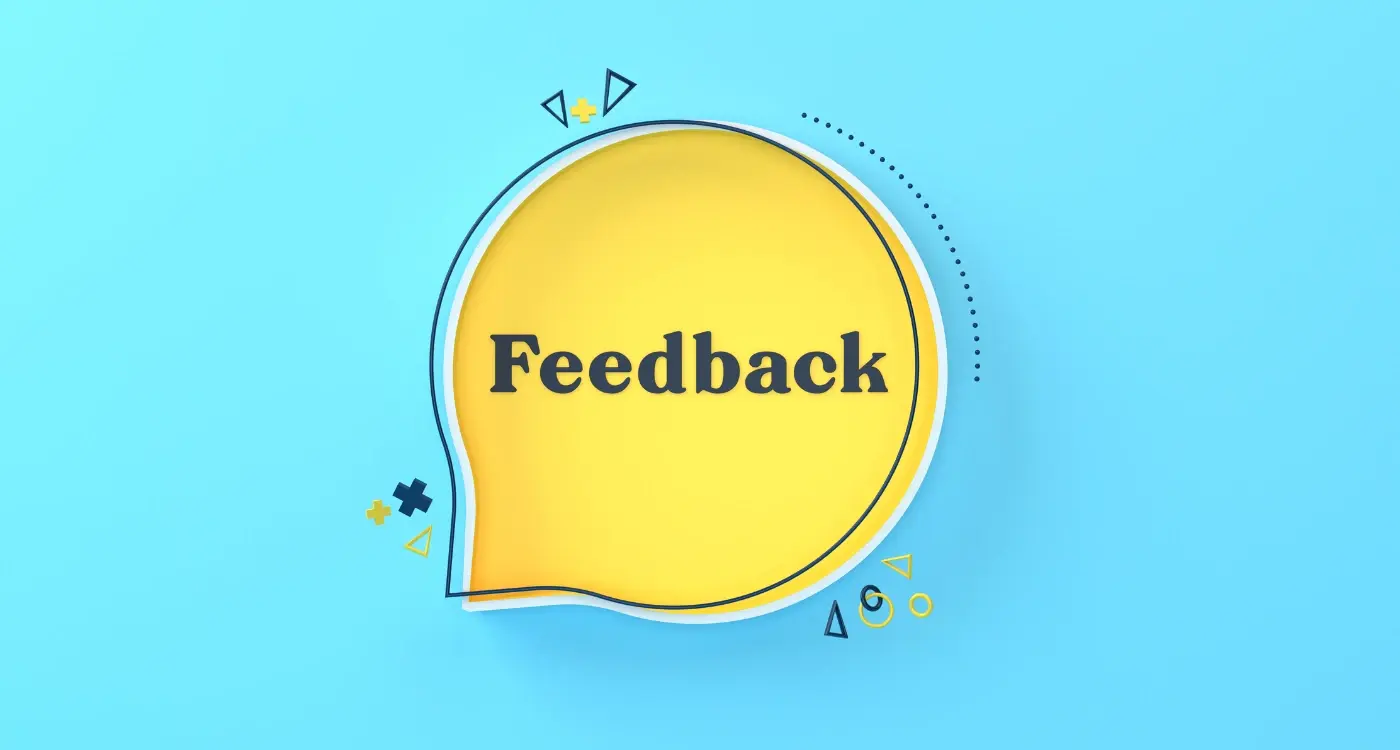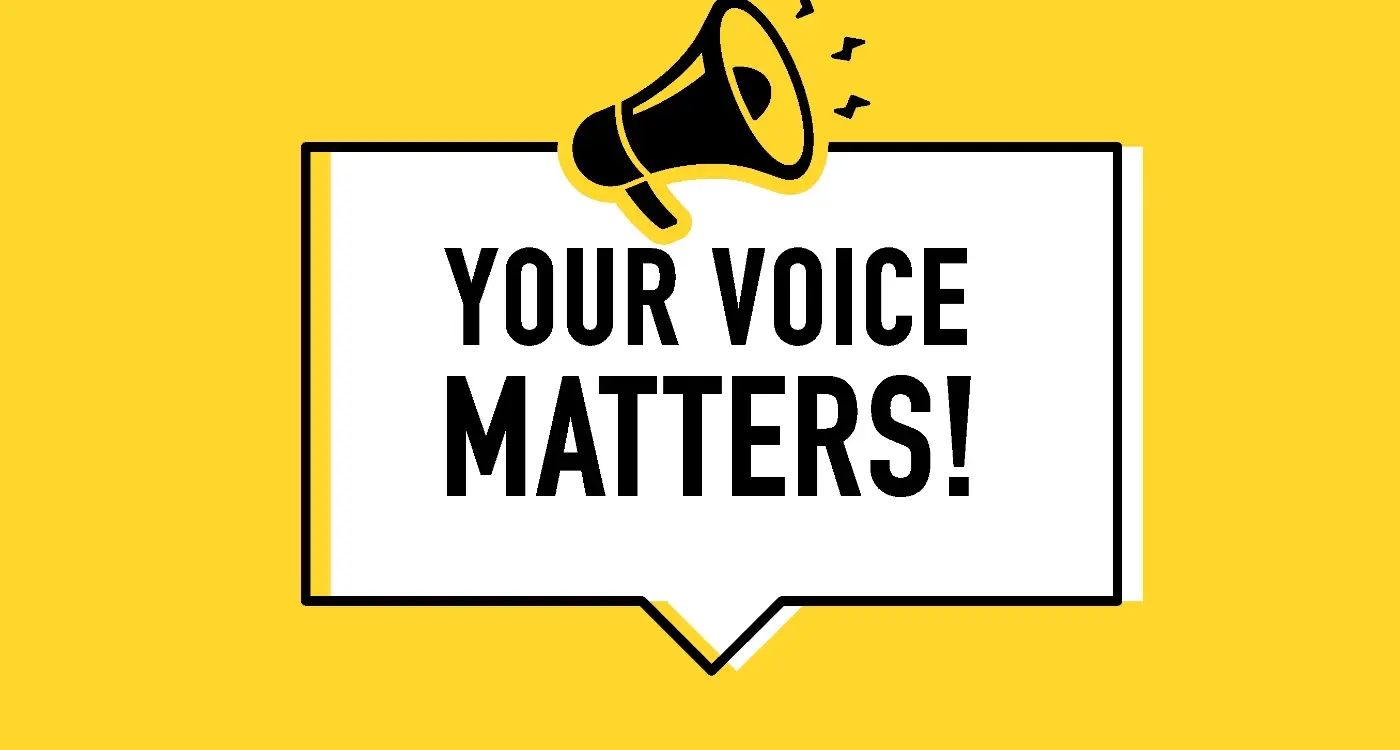How Do You Turn User Feedback into Better App Features?
A major logistics company launched their driver app with what they thought were all the right features—route optimisation, delivery tracking, and digital proof of delivery. But within weeks, their support inbox was flooded with complaints. Drivers couldn't easily mark packages as damaged, they struggled to find customers in apartment complexes, and the app crashed whenever they tried to upload photos in areas with poor signal. The company had built what they thought drivers needed, but they hadn't actually asked the drivers what would make their jobs easier.
This scenario plays out more often than you'd think in the mobile app world. We spend months perfecting features that look great in boardroom presentations, but completely miss the mark when real users get their hands on our apps. I've seen brilliant technical solutions fail because they solved the wrong problems, and I've watched simple feature tweaks transform struggling apps into user favourites.
User feedback isn't just about fixing bugs—its about understanding the gap between what you built and what people actually need
The thing is, turning user feedback into better app features isn't just about listening to complaints and building whatever users ask for. That approach leads to feature bloat and confused apps that try to please everyone but delight no one. Instead, it's about developing a system for collecting the right feedback, understanding what users are really telling you (which isn't always what they're saying), and then translating those insights into features that genuinely improve their experience. When you get this process right, user feedback becomes your secret weapon for building apps that people don't just download—they actually use and recommend to others.
Understanding Different Types of User Feedback
Not all feedback is created equal—and after years of sifting through thousands of user comments, reviews, and support tickets, I can tell you that understanding the different types makes all the difference. Some feedback will change your entire product direction; other bits are just noise you need to filter out.
The most common type is what I call "reactive feedback"—users responding to something that's already bothering them. App store reviews, support tickets, and angry emails usually fall into this category. These people are motivated enough by frustration to actually speak up, which means the issue is probably affecting way more users than you realise.
Then there's "proactive feedback" from users who genuinely want to help improve your app. These are your power users, beta testers, and community members who take time to provide detailed suggestions. This feedback is gold because it comes from people who understand your app deeply and use it regularly.
The Four Main Feedback Categories
- Bug reports and technical issues—usually urgent and specific
- Feature requests—new functionality users want to see
- User experience complaints—navigation, design, or flow problems
- General satisfaction feedback—overall sentiment about your app
Here's something interesting: the loudest feedback isn't always the most important. I've seen apps completely change direction based on vocal minority complaints, only to alienate their core user base. You need to look at feedback volume, user value, and business impact together.
Silent feedback is just as telling—what aren't users saying? If nobody's mentioning a feature you spent months building, that tells you something too. Analytics data often reveals the stories users aren't directly telling you through their behaviour patterns.
Setting Up Effective Feedback Collection Systems
Right, let's talk about actually getting feedback from your users. I mean, you can't improve what you don't know about, can you? Over the years I've seen apps fail because they never bothered asking users what they actually wanted—and I've seen others succeed because they built proper systems to capture every complaint, suggestion and random thought their users had.
The key thing to understand is that feedback comes in many forms, and you need different systems to catch it all. Some users will happily fill out surveys, others will only speak up when something really annoys them, and quite a few will just silently delete your app if it doesn't work as expected.
Multiple Collection Channels
You can't rely on just one method to gather user insights. Here's what I typically set up for clients:
- In-app feedback buttons placed strategically throughout the user journey
- Short micro-surveys triggered after specific actions (like completing a purchase)
- App store review monitoring and response systems
- Social media listening tools to catch mentions and complaints
- Customer support ticket analysis for recurring issues
- User behaviour analytics to spot where people get stuck or drop off
Don't ask for feedback too early in the user journey. Wait until someone has actually used your core features before popping up a survey—you'll get much more useful responses that way.
The timing of your feedback requests matters more than most people realise. I've found that the best responses come right after someone completes a task successfully, or when they've just experienced a problem. That's when the experience is fresh in their mind and they're most likely to give you honest, detailed responses.
Make sure your feedback system is as easy to use as possible. Long forms kill response rates. Keep questions short, use simple language, and always explain what you'll do with the information they give you.
Analysing and Categorising User Feedback
Right, you've collected all this feedback and now you're staring at what feels like a massive pile of comments, ratings, and suggestions. I get it—it can be overwhelming. But here's the thing; without proper analysis, even the best feedback becomes useless noise.
The first step is sorting everything into clear categories. I typically use five main buckets: bugs and technical issues, feature requests, usability problems, content feedback, and performance complaints. Sure, some feedback will overlap categories, but start somewhere. The key is being consistent with your sorting so you can spot patterns later.
Creating Your Feedback Framework
Each piece of feedback needs three labels: category (what type of issue), severity (how badly it affects users), and frequency (how often you're hearing about it). A bug that crashes the app? High severity. A request for dark mode that you've heard fifty times? High frequency. This framework helps you see which issues actually matter vs. which ones just seem loud.
One mistake I see constantly is treating all feedback equally. Not every user complaint deserves the same attention—and that's perfectly fine. A power user who sends detailed bug reports with screenshots is worth more than someone who just writes "app sucks" with no context.
Tools That Actually Help
You don't need fancy software for this. A simple spreadsheet works brilliantly for smaller apps. For larger volumes, tools like Airtable or even basic CRM systems can help you tag and filter feedback efficiently.
- Tag each feedback item with category, severity, and source
- Look for patterns across different user segments
- Track which issues keep appearing week after week
- Separate emotional reactions from actionable problems
- Note which feedback comes from your most valuable users
Remember, analysis without action is just procrastination with extra steps. Once you've categorised everything, you need to move quickly to the next phase.
Prioritising Feedback Based on Business Goals
Right, here's where things get tricky—you've collected loads of user feedback and now you're staring at a massive list wondering where the hell to start. I've been in this position countless times, and honestly? It used to keep me up at night trying to figure out which features would actually move the needle for the business.
The mistake most people make is treating all feedback equally. A feature request from one vocal user doesn't carry the same weight as a usability issue affecting 80% of your user base. You need to look at each piece of feedback through the lens of your business objectives. Are you trying to reduce churn? Increase user engagement? Drive more revenue? Your priorities should align with these goals.
The Revenue vs User Experience Balance
Here's something I've learned the hard way—sometimes what users say they want isn't what's best for your business. I mean, everyone would love a completely free app with no ads, but that's not exactly sustainable, is it? You need to weigh feedback against your monetisation strategy and long-term viability.
The best app features are the ones that solve real user problems while also supporting your business model—finding that sweet spot is what separates successful apps from the rest
I use a simple scoring system: business impact (high, medium, low), user impact (same scale), and development effort required. Features that score high on business and user impact but low on effort? Those are your quick wins. High effort but massive business impact? Those go into your long-term roadmap. Everything else gets shelved until you've got the resources to tackle them properly.
Turning Feedback into Actionable Feature Requirements
Right, so you've collected all this feedback and sorted through it—now comes the tricky bit. How do you actually turn "your app is confusing" into something your development team can work with? This is where a lot of projects go sideways, honestly. I've seen brilliant feedback get completely lost because nobody took the time to translate it properly.
The secret is breaking down each piece of feedback into three parts: what the user is trying to achieve, what's stopping them, and what success looks like. For example, if someone says "I can't find my order history," that becomes: user wants to track previous purchases, current navigation is unclear, success means they can access order history within two taps.
Creating Clear Feature Specifications
Once you understand the real problem, you need to write requirements that your team can actually build. I always include user stories, acceptance criteria, and edge cases. It sounds formal but it saves so much confusion later. "As a returning customer, I want to quickly access my order history so I can reorder items or track deliveries."
Here's how I structure each requirement:
- User story explaining the need
- Specific acceptance criteria for testing
- Priority level based on your earlier analysis
- Technical constraints or dependencies
- Success metrics to measure impact
The key is being specific without being prescriptive. Tell your team what problem needs solving, not exactly how to solve it. They might come up with something better than what you originally had in mind. And always—always—link back to the original feedback so everyone understands why this feature matters to real users.
Testing New Features with Your Users
So you've built your new feature based on user feedback—brilliant! But here's where things get interesting. You can't just push it live and hope for the best. That's like throwing darts in the dark and wondering why you keep missing the board.
I've seen too many apps release features that looked perfect on paper but fell flat with real users. The problem? They skipped the testing phase. Your users gave you the feedback, they helped shape the idea, so why wouldn't you involve them in testing it too?
Start with a small group of your most engaged users. These are the people who actually use your app regularly and aren't afraid to tell you when something's not working. Beta testing apps like TestFlight for iOS or internal testing on Google Play make this dead simple these days.
Keep your test group small initially—around 20-50 users. You want detailed feedback, not overwhelming noise from hundreds of people.
Give your testers specific tasks to complete with the new feature. Don't just say "try this out and tell us what you think." That's useless feedback waiting to happen. Instead, ask them to complete real scenarios: "Book an appointment using the new calendar feature" or "Set up your profile with the new customisation options."
What to Watch For
Pay attention to completion rates, time spent on tasks, and where people get stuck. But honestly? The most valuable insights come from the things users do that you never expected. I've watched people use features in completely different ways than we designed them for—and sometimes their way was actually better.
Track everything: crashes, loading times, user flows. But also listen to the emotional responses. Are people frustrated? Confused? Excited? The technical metrics tell you if it works; the emotional feedback tells you if people will actually want to use it.
Managing User Expectations During Development
Right, here's where things get a bit tricky—you've collected all this feedback, prioritised what you're building, and now users are expecting to see their suggestions come to life. The problem is, development takes time, and people's memory of what they asked for can be surprisingly short.
I've seen too many projects where users get excited about upcoming features, only to complain months later that "nothing ever happens" with their feedback. It's bloody frustrating for everyone involved, but it's completely avoidable if you manage expectations properly from the start.
Keep Users in the Loop
First thing—never let feedback disappear into a black hole. When someone takes time to give you feedback, acknowledge it within 24-48 hours. Doesn't need to be fancy, just a quick "thanks, we're looking into this" goes a long way.
But here's what really works: create a public roadmap. Show users what you're working on, what's coming next, and roughly when they can expect it. I usually break it down like this:
- In development now (next 4-6 weeks)
- Coming soon (2-3 months)
- Being planned (6+ months)
- Under consideration (no timeline)
The key is being honest about timelines. If you think something will take 6 weeks, tell users 8-10 weeks. Better to deliver early than constantly push dates back.
Handle the Difficult Conversations
Sometimes you'll need to say no to popular requests—maybe they don't fit your technical constraints or business goals. Don't just ignore these; explain why you can't build something right now. Users respect honesty more than radio silence.
And when you do release features based on feedback? Make sure you tell people! Send an email, post an update, whatever—just make sure users know their voices were heard.
Measuring the Success of Feedback-Driven Features
Right, you've built the features your users asked for—but how do you know if they're actually working? This is where many teams fall flat on their faces, honestly. They launch something new and then just... hope for the best. That's not how successful mobile development works.
The key is setting up your measurement framework before you launch anything. I always tell my clients to define their success metrics during the planning phase, not after. What does success look like for this particular feature? Is it increased user engagement, higher retention rates, or maybe reduced support tickets? You need to know what you're measuring and why.
The Numbers That Actually Matter
Sure, download numbers look nice in presentations, but they don't tell you much about feature success. I focus on three main areas: user engagement (how often people use the new feature), task completion rates (can users actually do what they want to do?), and user satisfaction scores. If your new search function has a 90% abandonment rate, that's telling you something important about its design.
The best feedback-driven features don't just solve the original problem—they often reveal new opportunities you never saw coming.
Here's something that might catch you off guard: sometimes the most successful features are the ones that fail initially. I've seen features that performed poorly in their first iteration but provided incredible user insights that led to breakthrough improvements. Don't panic if your first attempt doesn't hit the mark—use the data to understand why and iterate quickly. The real measure of success isn't getting it perfect on day one; its how well you respond to what the data tells you about your users real needs.
Conclusion
Look, turning user feedback into better app features isn't rocket science, but it does require a proper system and the discipline to stick with it. I've seen too many app projects fail because they either ignored their users completely or tried to build every single feature request that came through their inbox. Neither approach works.
The key is balance. You need to listen to your users—genuinely listen—but you also need to be smart about what you build. Not every piece of feedback deserves to become a feature, and that's okay. Your job is to find the patterns, understand the real problems your users are facing, and solve those problems in ways that make sense for your business.
What I've learned over the years is that the apps that succeed long-term are the ones that create a proper feedback loop with their users. They collect feedback systematically, they analyse it properly, they prioritise ruthlessly, and they communicate openly about what they're building and why. It sounds simple, but honestly? Most apps get at least one of these steps wrong.
The mobile landscape is more competitive than ever—users have endless choices and zero patience for apps that don't meet their needs. But here's the thing: if you can master the art of turning user feedback into genuinely useful features, you'll have a massive advantage over your competitors. You'll build exactly what people want instead of what you think they want. And that makes all the difference between an app that gets deleted after a week and one that becomes part of someone's daily routine.
Share this
Subscribe To Our Learning Centre
You May Also Like
These Related Guides

How Do I Analyse And Act On User Testing Feedback?

How Do I Respond To User Feedback Without Sounding Defensive?



